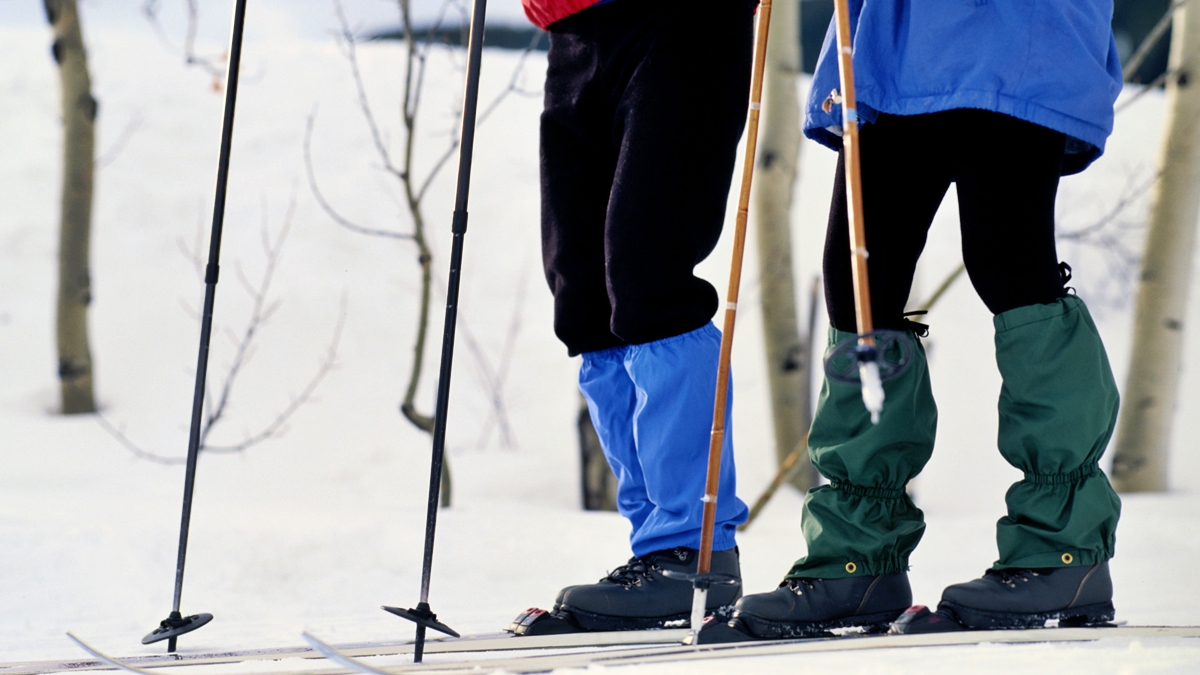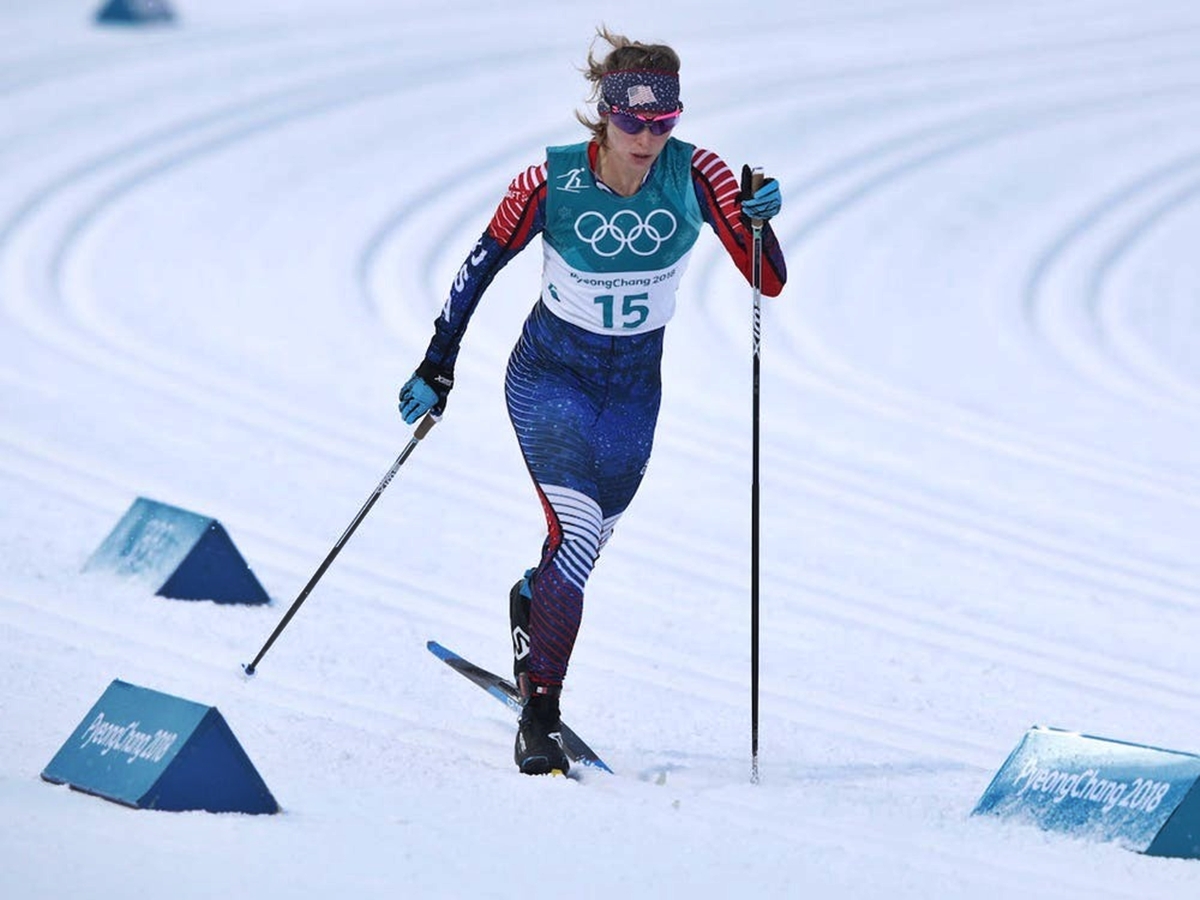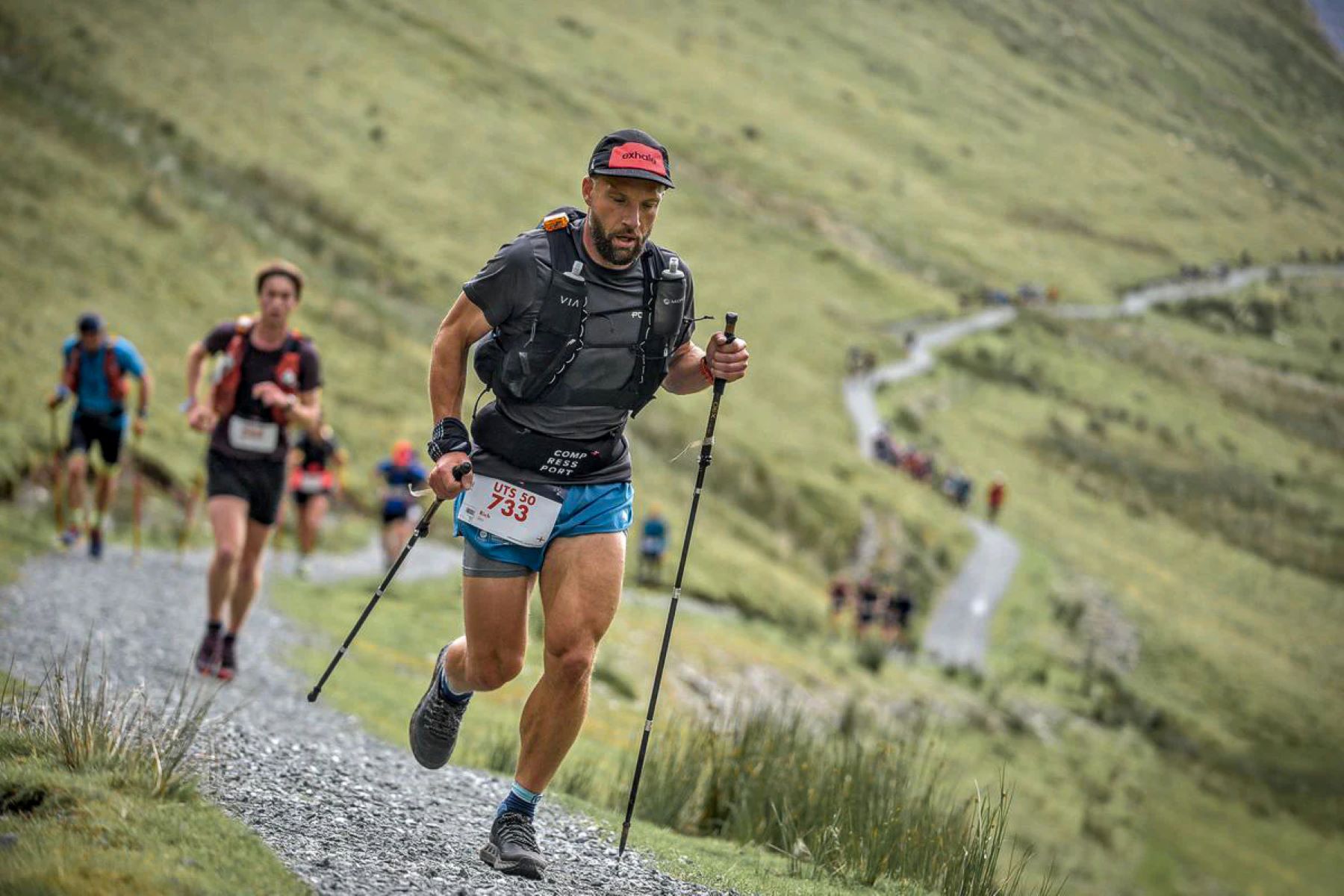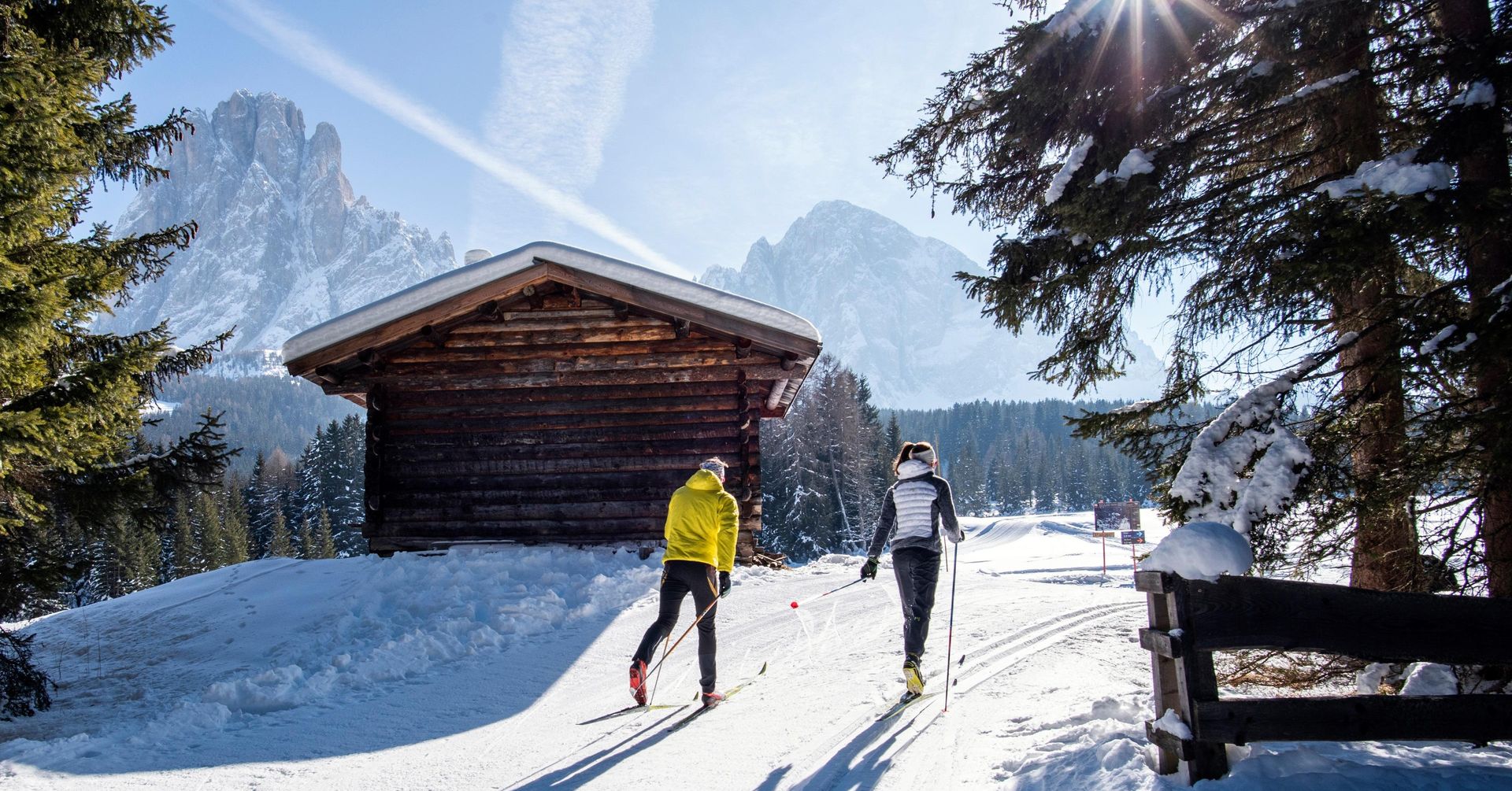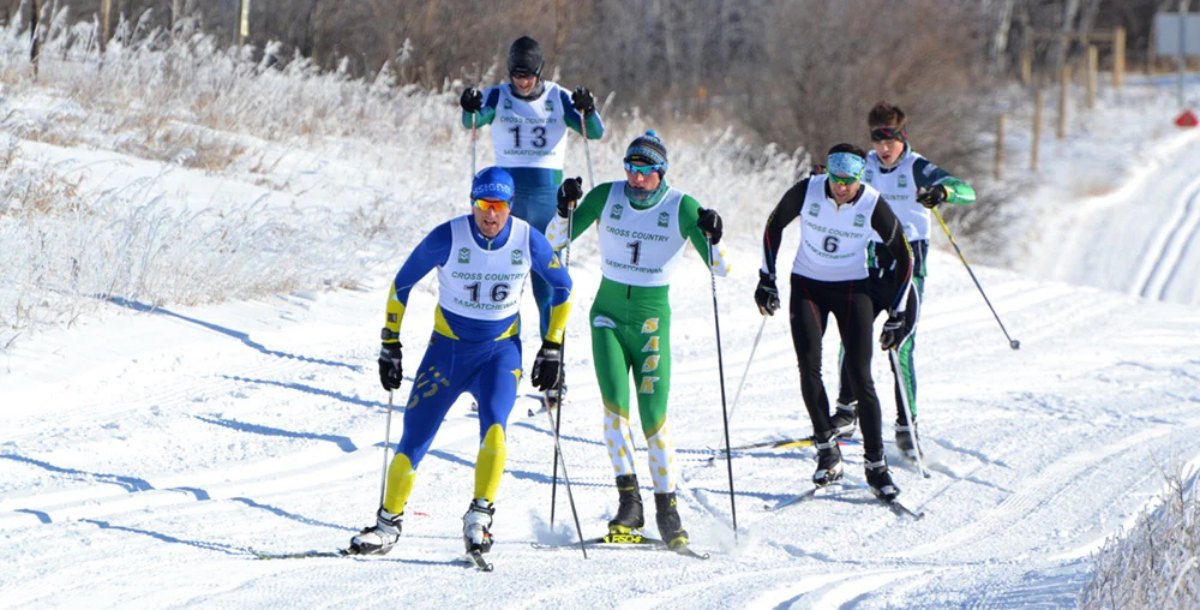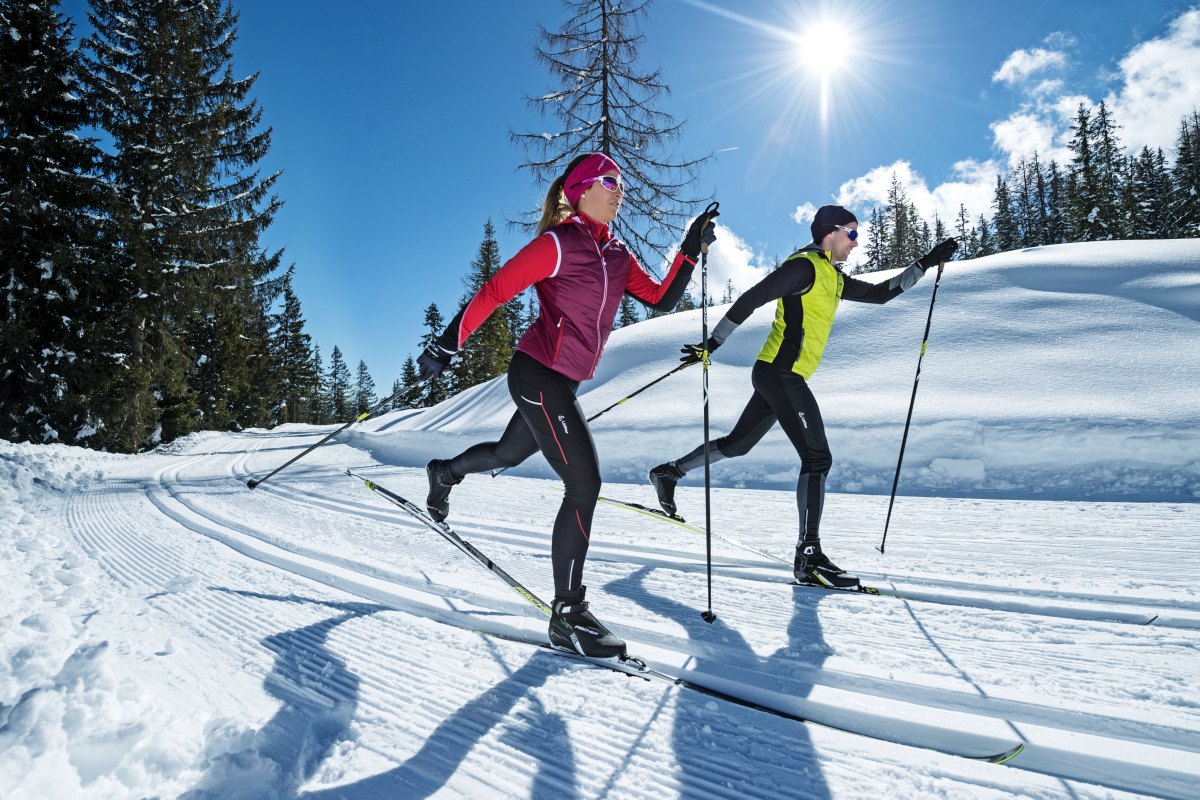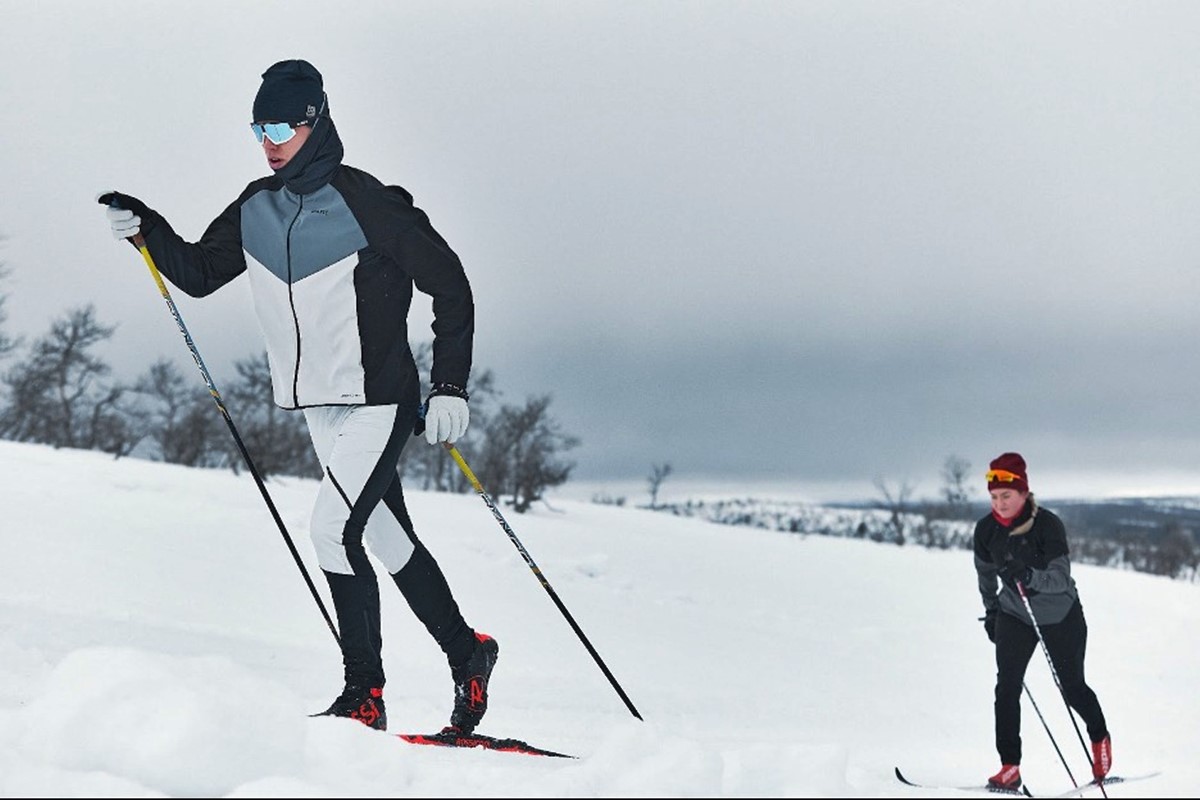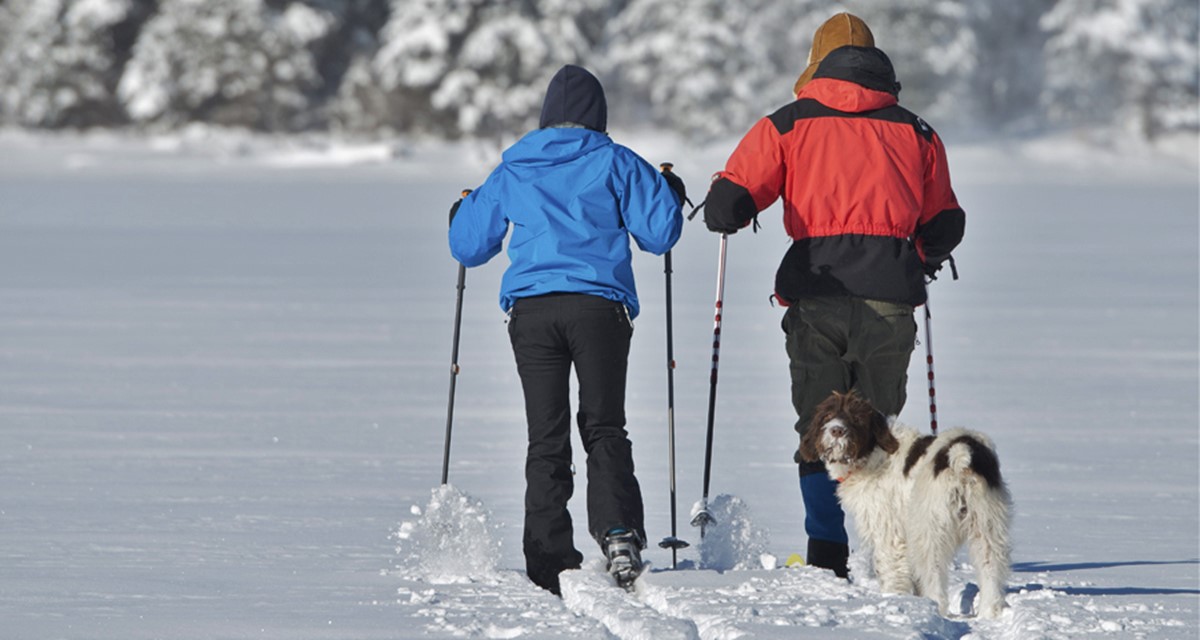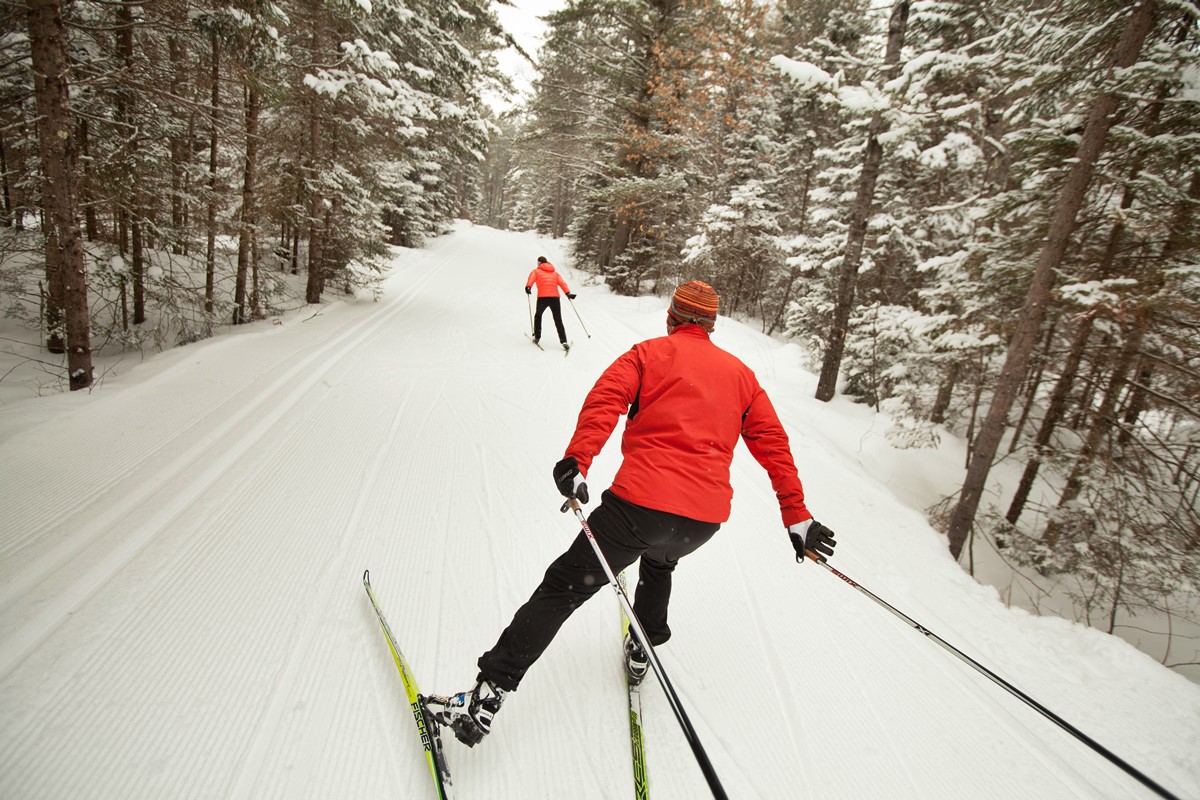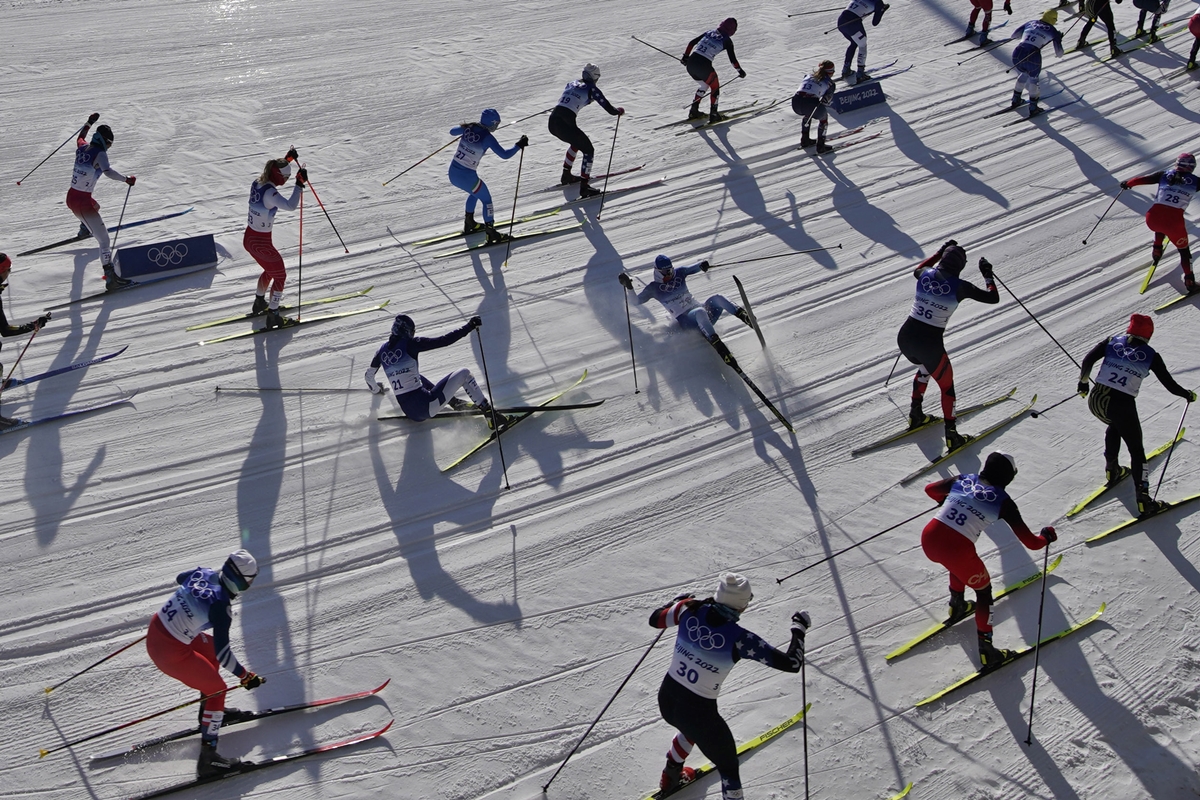Home>Misc>Featured>What Muscles Does Cross Country Skiing Work
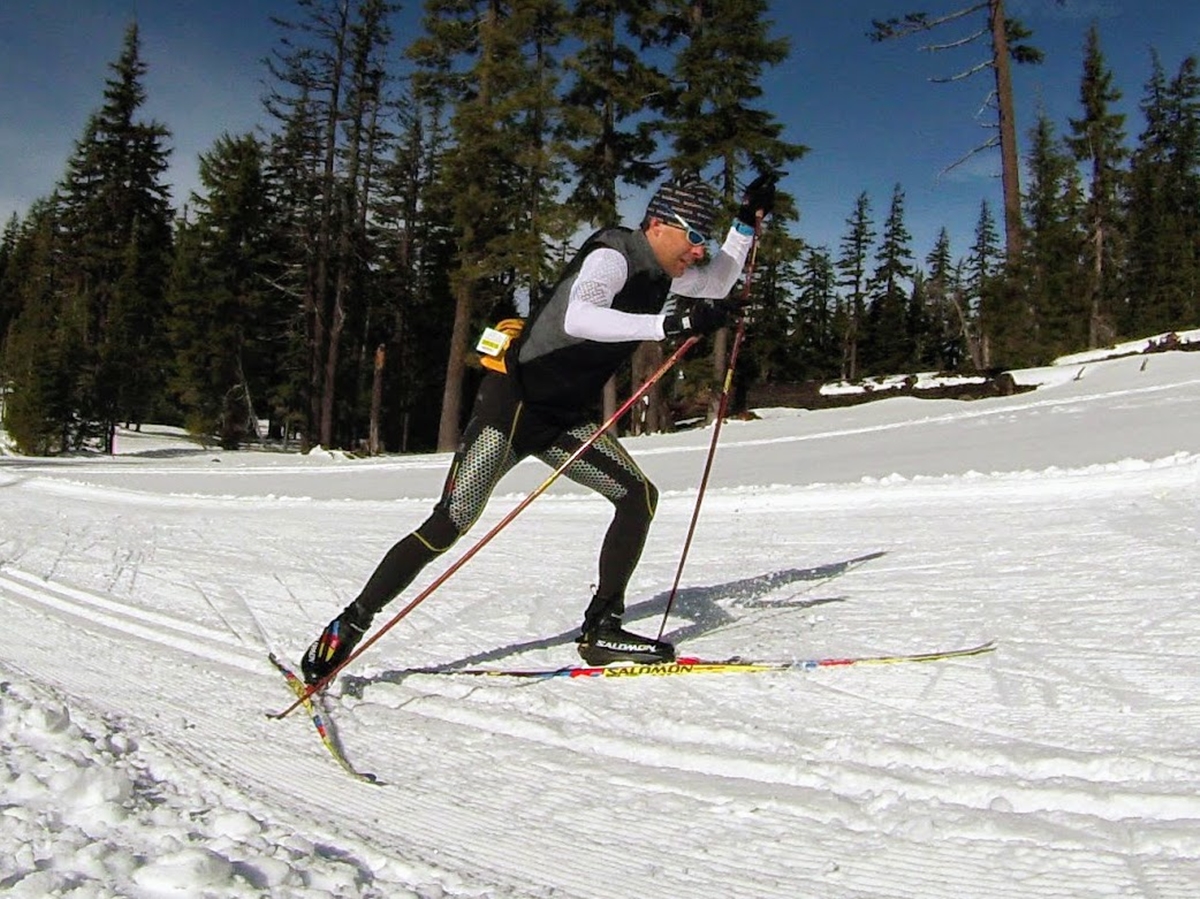

Featured
What Muscles Does Cross Country Skiing Work
Modified: January 2, 2024
Cross country skiing is a full-body workout that engages major muscle groups such as the arms, legs, and core. Discover the benefits of this featured sport for overall fitness and strength.
Introduction
When it comes to winter sports, cross country skiing is a popular choice for outdoor enthusiasts. Not only is it a great way to enjoy the beauty of nature, but it also offers numerous benefits for overall fitness and muscle development. But what muscles does cross country skiing work? In this article, we will explore the technique of cross country skiing and the specific muscles that are engaged in this full-body workout.
Cross country skiing is a form of Nordic skiing that involves propelling oneself forward on skis across varied terrain. Unlike downhill skiing, which relies heavily on gravity, cross country skiing requires the skier to generate their own power using a technique known as the diagonal stride. This technique involves pushing off with one leg while gliding forward on the other, similar to a walking or running motion.
Now, let’s delve into the different muscle groups that come into play when engaging in cross country skiing. It’s important to note that cross country skiing is a highly dynamic and demanding activity that engages multiple muscles simultaneously. It offers a comprehensive full-body workout, making it an excellent choice for those looking to improve their overall fitness level.
Technique and muscle activation in cross country skiing
The technique of cross country skiing involves a coordinated movement of the upper and lower body, resulting in the activation of various muscle groups. Let’s explore the muscles that are engaged during this exhilarating winter sport.
1. Quadriceps and Hamstrings: These are the primary muscles responsible for generating power and propelling you forward. The quadriceps, located in the front of the thighs, are engaged during the push-off phase, while the hamstrings, located at the back of the thighs, are active during the glide phase.
2. Glutes: The gluteal muscles, including the gluteus maximus, medius, and minimus, play a crucial role in stabilizing the hips and generating power during each stride. They are activated during both the push-off and glide phases of cross country skiing.
3. Calf Muscles: The calf muscles, including the gastrocnemius and soleus, are activated during the push-off phase, helping to push the skier forward. They also assist in maintaining balance and control while gliding.
4. Core Muscles: Cross country skiing engages the core muscles, including the abdominal muscles and the muscles of the lower back. These muscles help stabilize the torso and maintain balance, especially when performing diagonal strides and navigating through uneven terrain.
5. Arm and Shoulder Muscles: The muscles of the arms and shoulders play a vital role in cross country skiing. The deltoids, biceps, and triceps are engaged during each propulsion, providing power and stability to the upper body. They also assist in maintaining balance and controlling the poles.
6. Back Muscles: The muscles of the upper and lower back, including the erector spinae and latissimus dorsi, are activated during the diagonal stride. These muscles work to maintain an upright posture and provide stability to the spine.
Overall, cross country skiing is a highly effective full-body workout that engages multiple muscle groups simultaneously. This dynamic activity not only strengthens and tones the muscles but also improves cardiovascular fitness and enhances overall endurance.
Upper Body Muscles Worked in Cross Country Skiing
While cross country skiing is primarily known for its lower body benefits, it also provides a significant workout for the muscles of the upper body. Let’s take a closer look at the specific muscles that are worked during this winter sport.
1. Shoulders: The muscles of the shoulders, specifically the deltoids, are engaged during the poling phase of cross country skiing. As you push and pull the poles, the deltoids contract to provide power and stability to the upper body.
2. Arms and Forearms: The biceps and triceps in the upper arms, as well as the muscles of the forearms, are actively involved in cross country skiing. These muscles are responsible for controlling the movement of the poles, aiding in propulsion, and assisting in maintaining balance.
3. Back: The muscles of the back, including the latissimus dorsi and the rhomboids, are engaged during cross country skiing. These muscles provide stability and support to the upper body, especially during the poling motion.
4. Chest: The pectoral muscles in the chest are worked during the poling phase of cross country skiing. These muscles assist in the forward propulsion of the body and contribute to the overall power generated during each stride.
5. Core: Although the core muscles were mentioned earlier, it’s worth emphasizing their importance in cross country skiing. The muscles of the abdomen and lower back play a vital role in maintaining an upright posture, stabilizing the torso, and transferring power between the upper and lower body.
By engaging the upper body muscles in cross country skiing, you not only increase the intensity of the workout but also enhance your overall performance. The upper body muscles work in synergy with the lower body muscles to drive forward momentum, improve balance, and optimize energy expenditure.
It’s important to note that the degree of upper body engagement can vary depending on the intensity and technique of cross country skiing. The use of proper form and technique, as well as gradually increasing the duration and intensity of the activity, can maximize the benefits to the upper body muscles.
Lower Body Muscles Worked in Cross Country Skiing
Cross country skiing is renowned for its ability to target and strengthen the muscles in the lower body. The leg muscles play a crucial role in generating power and propelling you forward on the skis. Let’s take a closer look at the specific lower body muscles that are worked during cross country skiing.
1. Quadriceps: The quadriceps, located on the front of the thighs, are heavily engaged during cross country skiing. These muscles are responsible for extending the knee and play a vital role in the push-off phase, propelling you forward with each stride.
2. Hamstrings: The hamstrings, located on the back of the thighs, work in conjunction with the quadriceps. They assist in flexing the knee and act as stabilizers during the glide phase of cross country skiing.
3. Glutes: The gluteal muscles, including the gluteus maximus, medius, and minimus, provide power and stability to the hips and are actively engaged during cross country skiing. These muscles work to extend the hips and assist in generating forward propulsion.
4. Calf Muscles: The calf muscles, which include the gastrocnemius and soleus, play a critical role in cross country skiing. They assist in pushing off with each stride and help maintain balance and control throughout the movement.
5. Inner and Outer Thigh Muscles: The muscles of the inner and outer thighs, such as the adductors and abductors, are also activated during cross country skiing. They contribute to stability and control, especially during lateral movements and turns.
6. Ankle Stabilizers: The muscles surrounding the ankle joint, including the tibialis anterior and posterior, work to stabilize the ankle and provide control during cross country skiing. These muscles aid in maintaining balance and controlling the skis.
By engaging and strengthening the lower body muscles through cross country skiing, you can improve overall leg strength, endurance, and stability. Regular training and proper technique can help maximize the benefits to these muscles and enhance your performance on the slopes.
It’s important to remember that as with any physical activity, it is essential to warm up and stretch properly before engaging in cross country skiing to prevent injuries and ensure optimal muscle activation.
Core Muscles Worked in Cross Country Skiing
Engaging the core muscles is crucial for maintaining stability, balance, and efficient movement in cross country skiing. The core acts as a powerhouse, transferring energy between the upper and lower body and providing stability to the torso. Let’s explore the specific core muscles that are worked during cross country skiing.
1. Abdominal Muscles: The abdominal muscles, including the rectus abdominis, transverse abdominis, and obliques, are actively engaged during cross country skiing. These muscles work to stabilize the torso and maintain an upright posture, especially during the poling and gliding phases of each stride.
2. Lower Back Muscles: The muscles of the lower back, including the erector spinae, are also worked during cross country skiing. These muscles play a crucial role in maintaining spinal alignment and providing stability to the core during the dynamic movements of skiing.
3. Hip Muscles: The muscles of the hips, including the hip flexors and hip extensors, are involved in cross country skiing. These muscles help control the leg movements and generate power during each stride, contributing to the overall stability and efficiency of the skier.
4. Pelvic Floor Muscles: The pelvic floor muscles, which are often overlooked, also play a vital role in cross country skiing. These muscles provide support to the pelvic organs and help maintain pelvic stability during the dynamic movements of skiing.
Strong and well-conditioned core muscles improve overall body control, enhance balance, and optimize power transfer throughout the skiing motion. By engaging the core muscles, you can improve your efficiency and prevent unnecessary strain on other parts of the body.
It’s important to note that a strong core not only benefits cross country skiing performance but also helps in daily activities and other sports. Regular core strengthening exercises, such as planks, Russian twists, and bicycle crunches, can supplement your skiing training and improve core stability and strength.
Remember to maintain proper form and engage the core muscles throughout every stride while cross country skiing. This will not only enhance your overall performance but also help prevent injuries and promote a more enjoyable skiing experience.
Benefits of Cross Country Skiing for Overall Muscle Development
Cross country skiing is a fantastic sport that offers a myriad of benefits for overall muscle development. By engaging multiple muscle groups simultaneously, it provides a comprehensive full-body workout that targets both the upper and lower body, as well as the core muscles. Let’s explore the specific benefits of cross country skiing for muscle development.
1. Strengthens Leg Muscles: Cross country skiing is a powerful workout for the leg muscles. The repeated push-off and glide motions engage the quadriceps, hamstrings, glutes, and calf muscles, leading to increased strength and endurance in these areas. Regular skiing sessions can help tone and strengthen your legs, improving overall lower body strength.
2. Tones the Upper Body: While it may be primarily a lower body activity, cross country skiing also offers significant benefits for the muscles in the upper body. The poling motion engages the muscles of the shoulders, arms, back, and chest, providing a workout for the upper body. This can help strengthen and tone these muscles, improving overall upper body strength and stability.
3. Engages Core Muscles: Cross country skiing requires a stable and engaged core to maintain balance and control. The muscles of the abdomen, lower back, and hips work together to stabilize the torso and facilitate efficient movement. Regular skiing can help strengthen and tone the core muscles, improving overall stability and posture.
4. Cardiovascular Endurance: Cross country skiing is a highly dynamic and aerobic activity that elevates the heart rate and improves cardiovascular endurance. The combination of upper and lower body engagement, along with the continuous gliding motion, provides a challenging cardiovascular workout. This not only improves endurance but also helps burn calories and aids in weight management.
5. Low-Impact Exercise: Unlike activities such as running or high-impact sports, cross country skiing is a low-impact exercise that puts less strain on the joints. This makes it a suitable choice for individuals with joint issues or those looking for a low-impact alternative for cardiovascular exercise. It allows for an effective workout while minimizing the risk of injury to the joints.
6. Full-Body Coordination: Cross country skiing requires coordination and synchronization between the upper and lower body movements. This full-body coordination challenge not only enhances muscular development but also improves overall motor skills and body awareness.
Regular cross country skiing sessions can lead to improved muscle tone, increased strength, enhanced cardiovascular fitness, and overall better physical conditioning. It offers a holistic approach to muscle development, engaging multiple muscle groups and providing an enjoyable way to stay fit and active during the winter months.
Conclusion
Cross country skiing is not only a thrilling winter sport but also a fantastic way to engage and strengthen your muscles. By utilizing a combination of techniques and movements, cross country skiing provides a comprehensive full-body workout that targets the upper and lower body, as well as the core muscles. The specific muscles worked during cross country skiing include the quadriceps, hamstrings, glutes, calf muscles, shoulders, arms, back, chest, and core muscles.
Engaging in cross country skiing regularly can lead to significant benefits for overall muscle development. It strengthens the leg muscles, tones the upper body, engages the core muscles, improves cardiovascular endurance, and enhances full-body coordination. The low-impact nature of the activity also makes it accessible to a wide range of individuals, including those with joint issues or who prefer low-impact exercises.
To maximize the benefits of cross country skiing for muscle development, it’s important to maintain proper technique and gradually increase the intensity and duration of your sessions. By doing so, you can optimize muscular engagement and progress towards your fitness goals.
So, the next time you hit the slopes for cross country skiing, remember that you’re not only enjoying the beauty of nature and the thrill of the sport but also giving your muscles a well-rounded workout. Embrace the challenge, feel the burn, and reap the rewards of a stronger, fitter, and more coordinated body.
